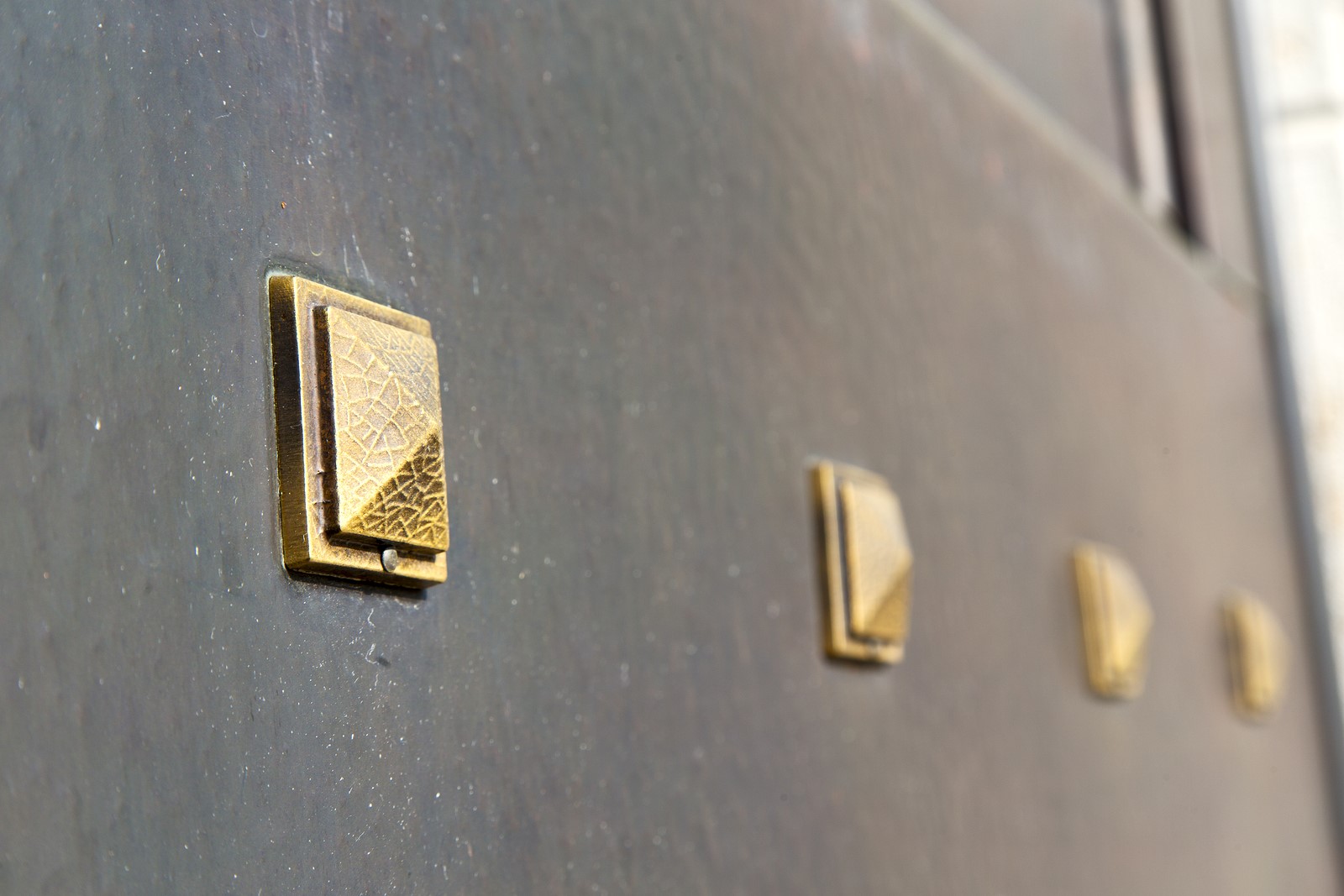The ductility of brass prompts diversity in its applications, from complex forms of pipework and marine parts to decorative engravings in plaques and artistic items. A metal alloy of combined zinc and copper, brass also has significant tensile strength, good recyclability, good heat conductivity, and high resistance to corrosion.
Though generally having two metal ores, some brasses are produced with added elements to enhance certain features for a particular purpose. There is also actually more copper in brass’s composition than zinc, but the amount varies on the intended use for the metal. An example would be the addition of arsenic and antimony for brass with over 20% zinc to improve its anti-corrosive properties, or the incorporation of iron to decrease its internal grain structure and allow forging.
Brass engraving
Brass engraving is made possible by the material’s high malleability. Brass is an extremely popular material for various luxurious and antique decorative items like wine glasses, plaques, furniture parts and trophies. Though laser technologies are widely used by professional brass engravers, manual equipment like the rotary tool still have their place in brass engraving for commercial and individual use.
Basics of Rotary Engraving
Rotary engraving is a term used to describe the manual way of engraving. It’s a process that involves the use of a cutter to carve out shapes, holes and depths in the metal to form various designs. Despite the many advances in the industry, some long-time engraving companies still use rotary equipment alongside laser cutters for their merchandise.
The Pantograph Machine
The pantograph machine has been the standard equipment for engraving for many of the aforementioned facilities. Being a manual system, the pantograph machine works by holding the cutter into the material then hand-tracing a design template, either in text, graphics, or both—to engrave a design onto the surface of the metal.
Computerized systems basically operate on the same concept, with the addition of sophisticated software programs and electronic controls. Whether it be mechanical or technological, the rotary equipment is basically composed of a cutter, which comes in various types, and the spindle, the part that holds the cutter.
The Diamond Engraver
The diamond graver is a special non-rotating cutter with a cone-shaped diamond placed at the tip of a metal structure. While primarily for engraving diamonds, this graver is also effective for brass.
Whether for personal or industrial applications you can purchase brass tubing, plates and sheets from leading copper and brass distributors like Rotax Metals.


